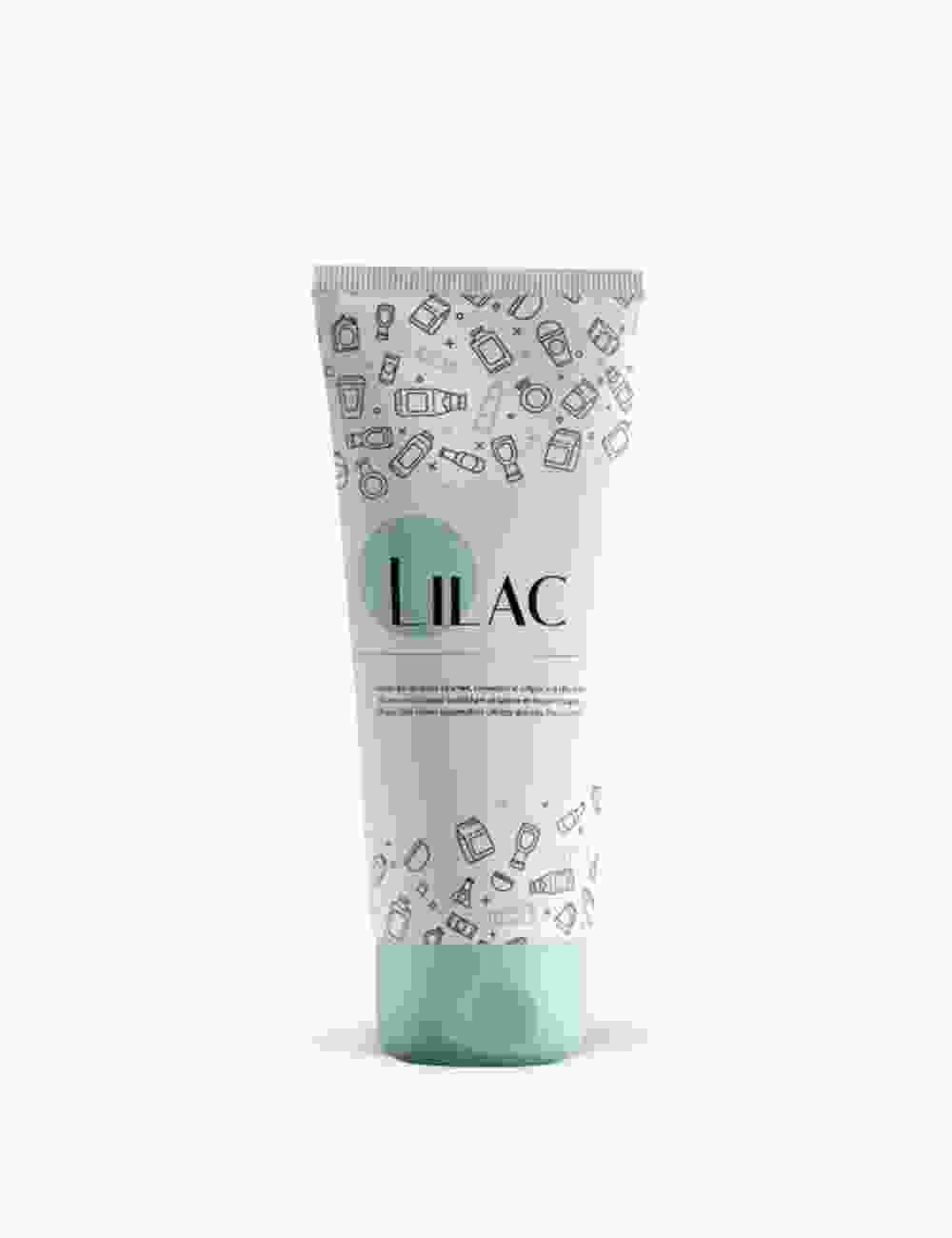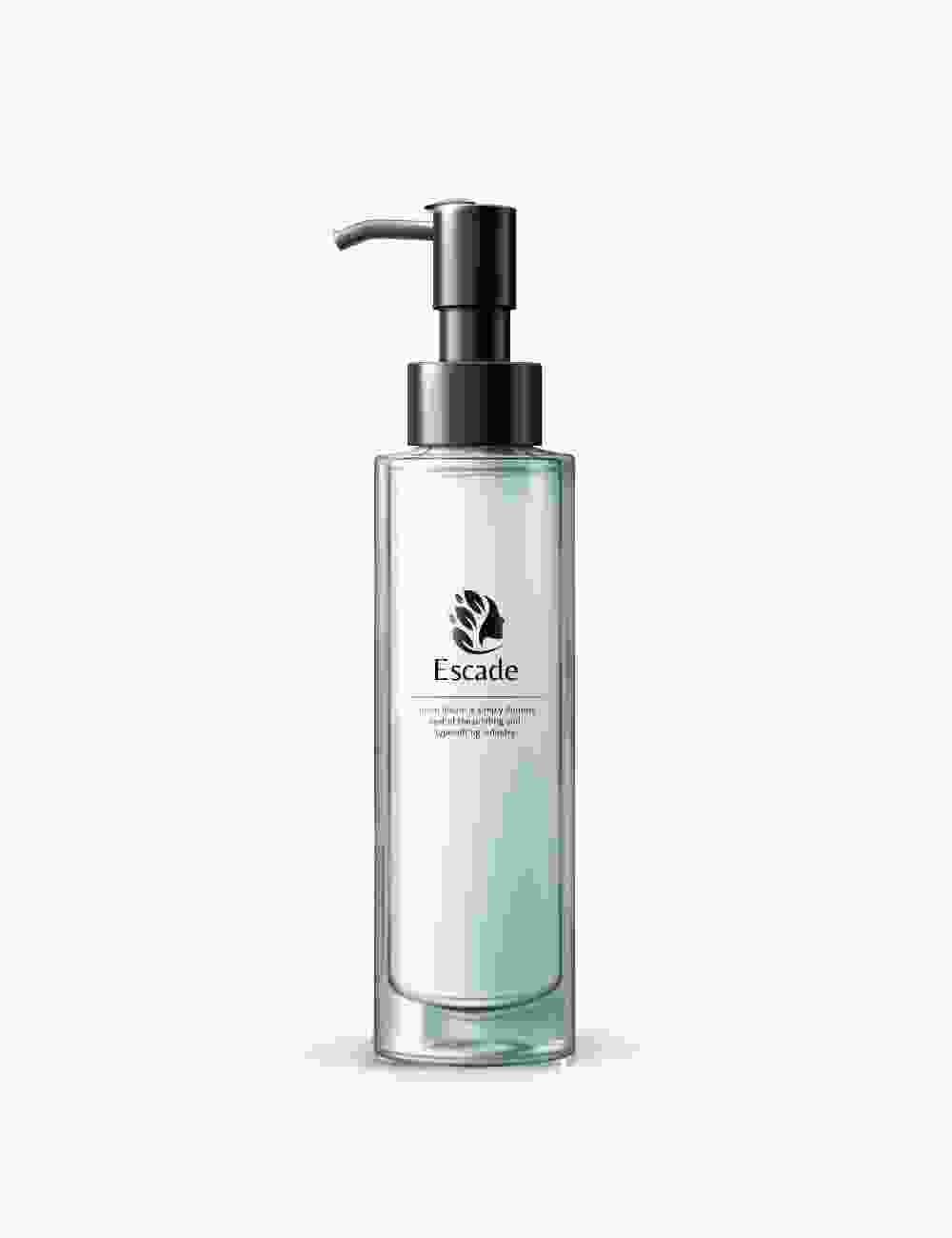The par value is typically set very low (a penny per share, for example) and is unrelated to the issue price of the shares or their market price. Let us take the annual report of Apple Inc. for the period ended on September 29, 2018. As per the publicly released financial data, the following information is available. This is the percentage of net earnings that is not paid to shareholders as dividends.
There are no guarantees that working with an adviser will yield positive returns. The existence of a fiduciary duty does not prevent the rise of potential conflicts of interest. As for the “Treasury Stock” line item, the roll-forward calculation consists of one single outflow – the repurchases made in the current period. In recent years, more companies have been increasingly inclined to participate in share buyback programs, rather than issuing dividends. The excess value paid by the purchaser of the shares above the par value can be found in the “Additional Paid-In Capital (APIC)” line item. However, the issuance price of equity typically exceeds the par value, often by a substantial margin.
Treasury stock
Shareholders’ equity indicates the money that would belong to the company’s owners and shareholders after it sold all of its assets and took care of all its liabilities. MVE, on the other hand, represents the total value of a company’s outstanding shares in the stock market. It is calculated by multiplying the current stock price by the number of outstanding shares.
If shareholders’ equity is positive, that indicates the company has enough assets to cover its liabilities. But if it’s negative, that means its debt and debt-like obligations outnumber its assets. In this formula, the equity of the shareholders is the difference between the total assets and the total liabilities. For example, if a company has $80,000 in total assets and $40,000 in liabilities, the shareholders’ equity is $40,000. If you want to calculate the value of a company’s equity, you can find the information you need from its balance sheet. Locate the total liabilities and subtract that figure from the total assets to give you the total equity.
Next, the “Retained Earnings” are the accumulated net profits (i.e. the “bottom line”) that the company holds onto as opposed to paying dividends to shareholders. Shareholders’ equity is the residual claims on the company’s assets belonging to the company’s owners once all liabilities have been paid down. Stockholders’ equity is the value of a company’s assets left for shareholders after the company pays all of its liabilities. If a company’s equity is negative for a prolonged period of time, it can amount to balance sheet insolvency. It measures how much profit the company generates with every dollar invested by shareholders. This can be an especially telling metric for investors who are considering buying an equity stake in the company.
Limitations of Using Stockholders’ Equity to Evaluate Companies
Treasury stocks are repurchased shares of the company that are held for potential resale to investors. It is the difference between shares offered for subscription and outstanding shares of a company. Retained earnings can increase over time, potentially surpassing the amount of paid-in capital. It’s possible for retained earnings to represent the largest share of owner equity if growth substantially outpaces the amount of capital paid in. Note that the treasury stock line item is negative as a “contra-equity” account, meaning it carries a debit balance and reduces the net amount of equity held. The “Treasury Stock” line item refers to shares previously issued by the company that were later repurchased in the open market or directly from shareholders.
- Equity, also referred to as stockholders’ or shareholders’ equity, is the corporation’s owners’ residual claim on assets after debts have been paid.
- Excluding these transactions, the major source of change in a company’s equity is retained earnings, which are a component of comprehensive income.
- In the final section of our modeling exercise, we’ll determine our company’s shareholders equity balance for fiscal years ending in 2021 and 2022.
Common stock represents ownership shares in a corporation and is the most prevalent form of stock issued to investors. It grants shareholders voting rights in corporate decisions, typically one vote per share, allowing them to elect board members and influence company policies. When a company sells shares, the money it receives from investors, minus the par value, is credited to an account named capital in excess of par value (or “additional paid-in capital”). In many cases, paid-in capital is not broken out on the balance sheet into two separate line items for the par value and the capital in excess of par value. The retained earnings portion reflects the percentage of net earnings that were not paid to shareholders as dividends and should not be confused with cash or other liquid assets. If a company’s shareholder equity remains negative, it is considered to be in balance sheet insolvency.
When companies issue shares of equity, the value recorded on the books is the par value (i.e. the face value) of the total outstanding shares (i.e. that have not been repurchased). Under a hypothetical liquidation scenario in which all liabilities are cleared off its books, the residual value that remains reflects the concept of shareholders equity. In most cases, retained earnings are the largest component of stockholders’ equity. This is especially true of companies that have been in business for many years. That is, it indicates how much money would be available to the company’s shareholders if it goes bankrupt and is forced to pay all of its liabilities.
Common Stock and APIC Calculation Example
Shareholders’ equity can help to compare the total amount invested in the company versus the returns generated by the company during a specific period. You’d need to be able to read a balance sheet to find the company’s total assets and liabilities in order to make these calculations. But overall, it’s a much less complicated formula than other calculations that are used to evaluate a company’s financial health. The fundamental accounting equation states that the total assets belonging to a company must always be equal to the sum of its total liabilities and shareholders’ equity. Company or shareholders’ equity often provides analysts and investors with a general idea of the company’s financial health and well-being.
Current liability comprises debts that require repayment within one year, while long-term liabilities are liabilities whose repayment is due beyond one year. Understanding stockholders’ equity and how it’s calculated can help you to make more informed decisions as an investor. While it’s not an absolute predictor of how a stock might perform, it can be a good indicator of how well a company is doing.
Examples of Shareholder Equity
It is divided into two separate accounts common stock and preferred stock. A company’s equity position can be found on its balance sheet, where there is an entry line for total equity on the right side of the table. This represents the net value of the company if its assets are liquidated. Additional paid-in capital (APIC) is the amount of money investors pay for a company’s stock above its par value. In other words, it represents the excess of the issue price over the nominal or par value of the shares. APIC is created when a company issues new shares, either during an initial public offering (IPO) or in subsequent offerings.
SE is the net worth of a corporation from the perspective of its owners (shareholders). It’s what would be left for the shareholders if the company were to sell all its assets and pay off all its debts. The calculation includes information from the company’s balance sheet; it can be difficult to pinpoint the accuracy of depreciation and other factors. In addition, a company’s assets and liabilities can change at any time because of unforeseen circumstances. Total liabilities are also broken down into current and long-term categories. Current liabilities are debts that are due for repayment within one year, such as accounts payable and tax obligations.
Common Stock and Additional Paid-In Capital (APIC)
Often referred to as paid-in capital, the “Common Stock” line item on the balance sheet consists of all contributions made by the company’s equity shareholders. Dividend recapitalization—if a company’s shareholders’ equity remains negative and continues to trend downward, it is a sign that the company could soon face insolvency. Shareholders Equity is the difference between a company’s assets and liabilities, and represents the remaining value if all assets were liquidated and outstanding debt obligations calculate stockholders equity were settled. Stockholders’ equity, also known as shareholder equity, is the total amount of assets that a company would retain if it paid all of its debts. The share capital represents contributions from stockholders gathered through the issuance of shares.
- Also known as stockholders’ equity or owners’ equity, shareholders’ equity boils down to the total value of a company after it pays off all of its debts.
- Unlike common stock, preferred shares typically offer fixed dividend payments that are paid out before dividends to common shareholders.
- Companies may have bonds payable, leases, and pension obligations under this category.
This formula is known as the investor’s equation where you have to compute the share capital and then ascertain the retained earnings of the business. The simplest and quickest method of calculating stockholders’ equity is by using the basic accounting equation. The $66.8 billion value in company equity represents the amount left for shareholders if Apple liquidated all of its assets and paid off all of its liabilities. To calculate stockholders’ equity, you can use one of two accounting equations.
To fully understand this concept, it’s helpful to know how to calculate retained earnings, as it provides insight into a company’s profitability over time. Retained earnings are the portion of a company’s profits that isn’t distributed to shareholders. Retained earnings are typically reinvested back into the business, either through the payment of debt, to purchase assets, or to fund daily operations. Return on equity is a measure that analysts use to determine how effectively a company uses equity to generate a profit. It is obtained by taking the net income of the business divided by the shareholders’ equity.




